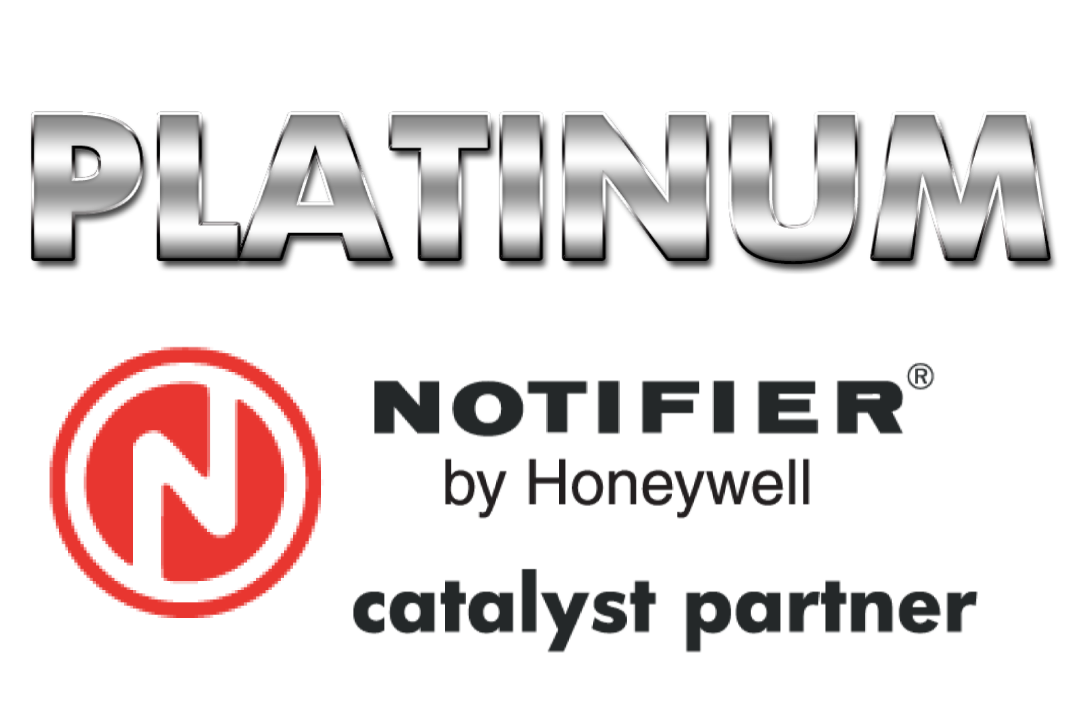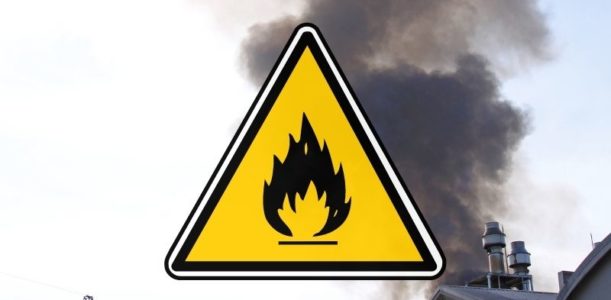
Most Common Causes of Warehouse Fires
According to a report issued in 2016 by the National Fire Protection Association, NFPA, there were an average of 1,210 warehouse fires each year causing an average annual cost of $155 million directly related to property damage, 19 civilian injuries and 3 civilian deaths.
One of the leading causes of warehouse and distribution center fires is from electrical distribution and lighting equipment which caused about 18% of total warehouse fires. Equally responsible for warehouse fires at 18% of the total causes include fires that are set intentionally. Intentional fires, however, are the most destructive causing 32% of the most property damage.
The most dangerous materials in warehouse fires are combustible and flammable gases and liquids, piping and filter that were ignited first in 6% of warehouse fires but caused 31% of injuries and 12% of direct damage to property. Besides intentional fires, the most common warehouse fires risk hazards include the following:
- Electrical and lighting – although less destructive than intentionally set fires, problems with lighting and/or electrical distribution was the cause of 18% of all fires in warehouses, and 38% of all civilian injuries.
Inspect all electrical and lighting equipment and quickly repair any loose or frayed wires, correct ground faults and contact an electrician for any faulty wiring.
- Rubbish and trash – with nearly 170 fires started from trash and rubbish, it is important to provide employee training on how to safety discard of excess trash. Piled up trash and packaging can act as a fire starter or can block vitally important exit routes.
Practice safe trash removal practices and keep all aisles and exit routes clear from rubbish.
- Heating equipment – central heating units, congested chimneys, confined fuel burners and portable space heaters are all common causes of warehouse fires.
Never use space heaters and regularly inspect and maintain your heating system, chimney or boiler. Use heating equipment only in designated areas.
- Exposure fires – these types of fires result from a fire occurring outside of the building. 7% of all warehouse fires are attributed to exposure fires causing direct property damage of approximately $11 million annually. External fires can start in another building, dumpsters, landscaping, trash and cigarette butt receptacles. External fires can burn unnoticed until it reaches an occupied building.
Post safety signs in areas of concern and make sure that any cigarette receptacles allow for completely extinguishing a cigarette and that they are never thrown into bushes or on the ground. Keep all flammable materials away from lighting, electrical cords and outlets.
- Highly flammable materials and combustible liquids – distribution centers and warehouses have the same flammable hazards as other industrial buildings such as forklifts, trucks, motors in overhead doors, gas lines for heating and cooling sources, and hot tools. If one of these sources comes into contact with a spark or flame, warehouses typically hold a large amount of flammable materials such as corrugated boxes, glue, and packaging materials.
Provide employee training on the proper handling of all combustible liquids and flammable materials. Follow all guidelines in NFPA 30, Flammable and Combustible Liquids Code and in OSHA 1926, Subpart F, Fire Protection and Prevention regarding flammable liquids.
- Cigarette smoking related fires – smoking was the cause of distribution center and warehouse fires an average of 60 times per year, causing approximately $17 million of direct property damage. Smoking is one of the most preventable fires and should not be an issue in most smoke-free workplaces today.
Be sure to designate a safe area away from any flammable materials, with a safe receptacle for discarding cigarette butts. Post signs to remind smokers to completely extinguish cigarette butts and never discard on the ground or in landscaping if you allow smoking on your property.
- Automated warehouse storage retrieval systems (ASRS) – ASRS present new fire risks for distribution centers as a spark can start a fire that can be difficult to extinguish. The number of plastic storage bins in distribution centers cause additional risks as plastic burns hotter than wood or cardboard.
Make sure your ASRS is operating correctly with no faulty equipment or robotic arms that can catch other systems when moving and create a spark. Keep racks stacked at a safe height not to impede a sprinkler suppression system.
High Rise Security Systems with SMG Security Holdings is familiar with protecting all types of warehouses and distribution centers and addressing the unique challenges of these types of buildings.
HRSS/SMG is your full service fire, life safety and security company in the Chicago area, protecting commercial properties and saving lives. We offer comprehensive services including fire and life safety system design, UL listed equipment, inspections, testing, maintenance, repairs, and monitoring 24/7/365. Contact us with any questions on protecting your property and preventing warehouse fire risk hazards.



